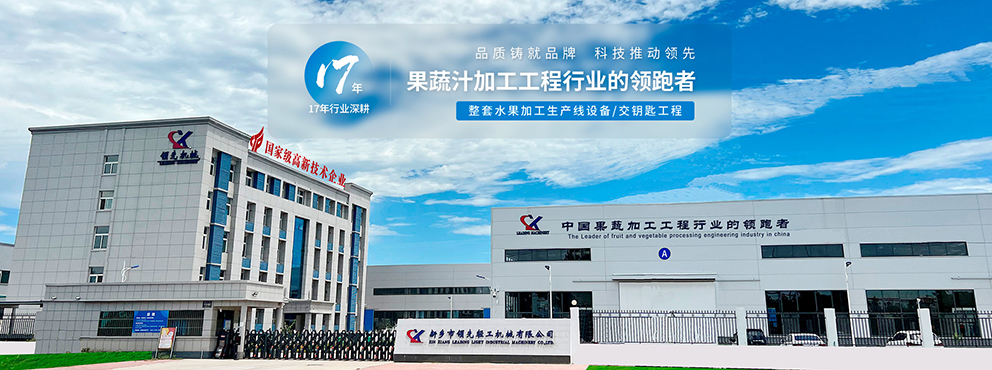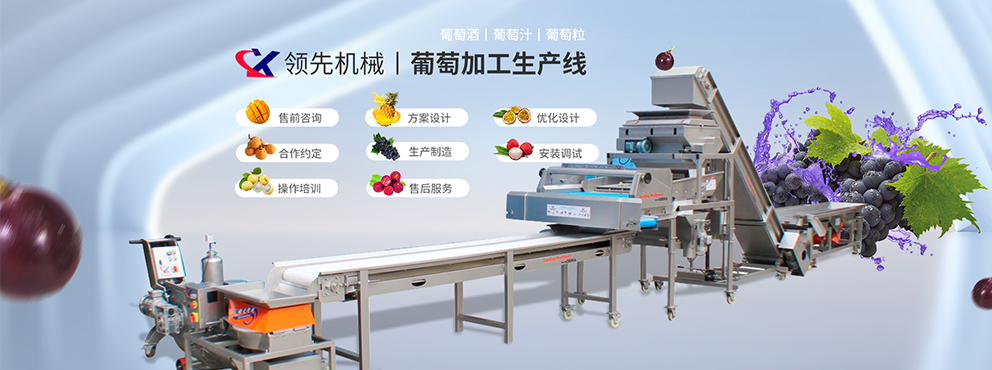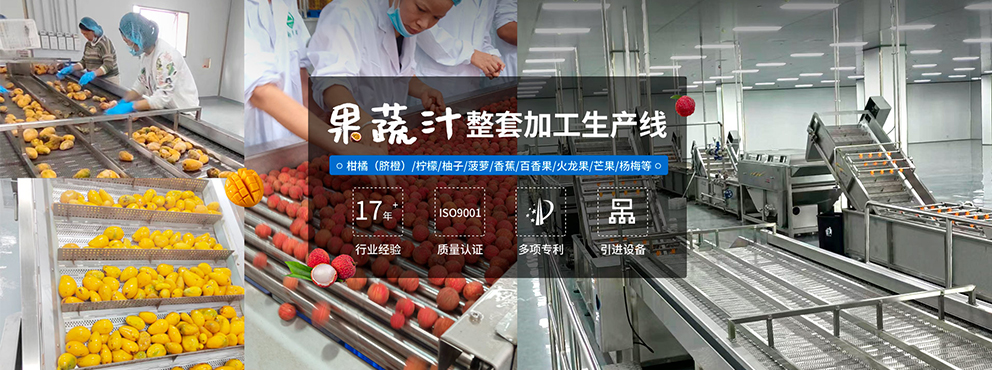How to Store Wine
TIME:2017-06-16 RELEASE:lxqg CLICK:2562次
1
Keep it in the dark. Store all wines away from light, especially direct sunlight and fluorescent fixtures. UV rays can cause wine to be 'light struck,' giving them an unpleasant smell. Darker bottles are better protected and some bottles have UV filters built into the glass, but enough UV rays can still penetrate to ruin the wine. If you can't keep a bottle entirely out of the light, keep it lightly wrapped up in a cloth, or simply put the bottle inside a box out of the way. If it does get exposed to light occasionally, try to make sure it's light from incandescent or sodium vapor lamps.
[1] 2
Store corked wine bottles on their sides. If they are stored upright for a long amount of time, the corks will dry out, and air will eventually get to the wine, spoiling it. If you store it label side up, it'll be easier to spot any sediments that may have formed in the wine over time when you do eventually pick it up.
3
Keep the temperature constant. For extended aging of wine (over 1 year), refrigeration is a must in most parts of the world; even a below-ground cellar is not cool enough.
- Wine storage temperature should not go over 75˚F (24°C), for longer than brief spans of time. At 75°F, wine begins to oxidize. An ideal temperature for storing a varied wine collection is 54°F (12.2°C).[2] Letting the temperature drop below 54°F won't hurt the wine; it'll only slow down the aging process.[3] However, A 68 to 73 degree storage area is far preferable to one that is 45 to 65 degrees F, though the first approaches the dangerous 75 figure. Rises in temperature force wine through the cork; drops cause air to be sucked back in.
- Temperature in a wine storage area should be as constant as possible. All changes should occur slowly. The greater the changes in temperature a wine suffers, the greater the premature aging of the wine from over breathing. The temperature should never fluctuate more than 3°F (1.6°C) a day and 5°F (2.7°C) a year, especially with red wines, which will suffer more temperature-related problems than white wines.[4]
4
Don't move the wine. If possible, store the wines in such a way that you don't need to move them in order to reach a bottle to drink. Try not to move a bottle at all once it is stored. Even vibrations from heavy traffic, motors, or generators may negatively affect the wine.
5
Keep the humidity at around 70%. High humidity keeps the cork from drying and minimizes evaporation. Don't allow the humidity to go too much over 70%, however, because it can encourage the growth of mold and cause labels to loosen.
[5][6] You can purchase a hygrometer to track the moisture conditions and use humidifying or dehumidifying techniques as needed.
6
Isolate the wine. Remember that wine "breathes", so don't store it with anything that has a strong smell, as the smell will permeate through the cork and taint the wine. Good ventilation may help prevent musty odors from entering the wine.
[7] 7
Store for an appropriate amount of time. Not all wines improve over time. Generally, new world, inexpensive wines will not improve. Red wines can be stored and aged for anywhere between 2-10 years to mature. This, however, depends on the type of red wine and the balance of its sugar, acid and tannins. Most white wines should be consumed after 2-3 years of storage (though select White Burgundies (Chardonnays) can be aged for over 20 years.
[8])
8
Adjust the temperature before serving. Different wines taste best at slightly different temperatures, which may vary from the temperature in which they were stored. Right before drinking the wine, allow the temperature to rise or fall to the appropriate serving temperature:
[9]- Blush, rose and dry white wines: 46-57ºF (8-14ºC)
- Sparkling wines and champagne: 43-47ºF (6-8ºC)
- Light red wine: 55ºF (13ºC)
- Deep red wines: 59-66ºF (15-19ºC).
Part2
After Opening1
Store opened white wine in a wine cellar or closet. If you do not have one, put it in the fridge. This will generally only keep the
wine for three to five days if you have already opened it, though there are ways to ensure it stays good for longer:
- Minimize its exposure to air. Cork the bottle tightly. If there is only a little bit of wine left, try transferring it to a smaller bottle.
- Keep it away from excess amounts of light and heat. If you have multiple refrigerators, put it in the one that is used the least. If you only have one, try not to leave the fridge open for extended periods of time.
- Purchase a wine stopper and pump.
2
Leave red wine out. As long as you place the cork in the bottle and put the
bottle in a dark place, you won't need to worry about it going bad for a few days.
3
Keep dessert wines like Sauternes, most everyday Ports and most Sherries for longer. They will resist degradation for more than 3-5 days, though exactly how long depends on the individual wine.
[10]
Part3
Storage Options- Wine cellar. This is an obvious one- if you have a wine cellar, worry no more! Just place the bottle of wine on the rack, close the door, and you are set. Make sure to have some type of system for finding certain bottles of wine in your wine cellar, though, otherwise it can be very easy to spend a good amount of time searching for that one particular bottle.
- Makeshift closet wine cellar. While digging a large hole in the basement would seem the most effective thing to do, that would be a major undertaking, and will cost you quite a bit. A closet wine cellar is ideal for the every day wine lover, and will probably only cost you around two, three hundred dollars. Be sure you are committed, however, because it's not always easy to convert back into a regular closet.
- Find an empty, out of the way closet on the ground floor of your house.
- Glue strips of 1"/2.5 centimeter (1.0 in) foam board to the walls and ceiling of the closet, using construction cement as a glue.
- Replace the door with an insulated door (preferably steel). If you would like, you can also glue the foam to this.
- Attach weather stripping to the edges of the door to make sure that no air gets in or out—heat could ruin the wine.
- Make sure that the temperature is relatively cool. There are numerous devices you can use to decrease the temperature in the closet—find one that suits your particular closet.
- Wine cooler/refrigerator. This will generally keep the temperature constant, as long as you're not constantly opening and closing the door. Good humidity levels are maintained, as well. Some have different temperature zones for different wines.














